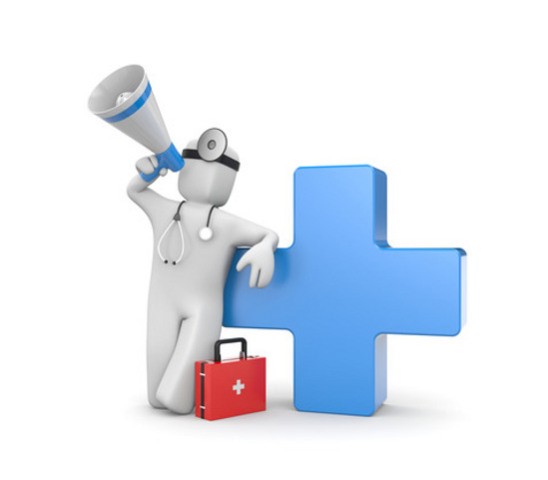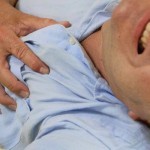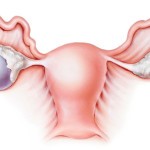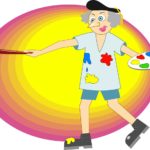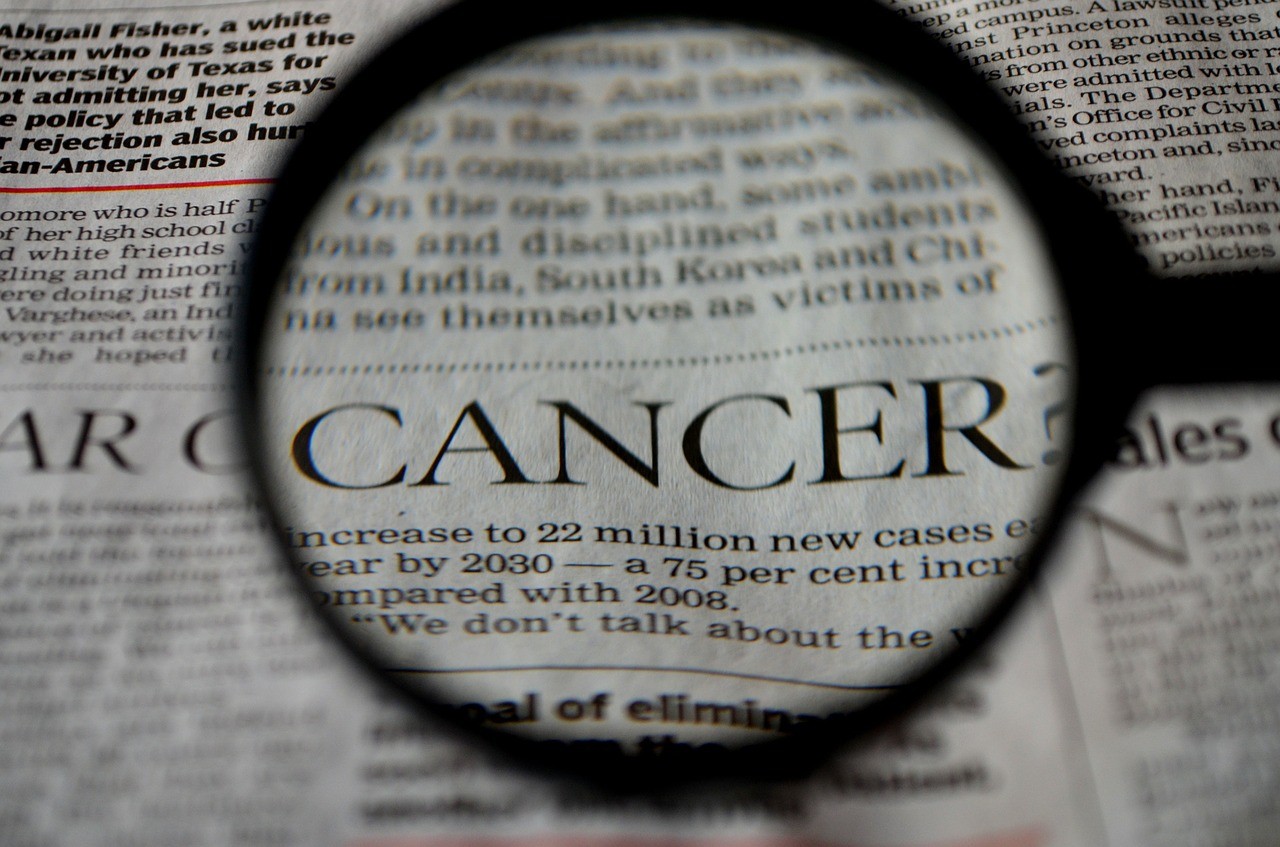Depression: Grasping the basics – symptoms, causes and treatment.
Sadness or downswings in mood are normal reactions to life’s struggles, setbacks, and disappointments. When does experiencing these feelings stop being normal and turn into a sign of a Major Depressive Disorder? Depression is much more than simple unhappiness. Keep reading to find out more!
What is a Major Depressive Disorder?
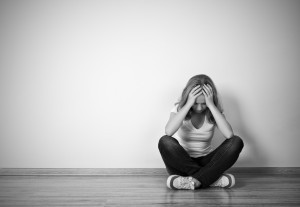
Everyone feels sad sometimes or has the “blues”. Sadness is a normal emotion that we experience because of the normal ups and downs of life. The feelings of unhappiness, loneliness and despair may go away on its own or may disappear when situations change. But what happens when these feelings don’t disappear? What are these feelings too much? When can it be dangerous?
If feelings of despair, sadness and hopelessness are taking over your life, you may be experiencing a Major Depressive Disorder or commonly known as Depression.
 Some people describe depression as “living in a black hole” or having a feeling of impending doom. However, some depressed people don’t feel sad at all—they may feel lifeless, empty, and apathetic, or men in particular may even feel angry, aggressive, and restless.
Some people describe depression as “living in a black hole” or having a feeling of impending doom. However, some depressed people don’t feel sad at all—they may feel lifeless, empty, and apathetic, or men in particular may even feel angry, aggressive, and restless.
Whatever you feel, it will consume your day-to-day life and will interfere with your ability to work, study, eat, sleep and enjoy the simple pleasures in life. The symptoms will not go away on their own. You might need to consult a specialist to get help.
Who is susceptible? Can I get it?
 Depression often starts between the ages of 15 and 30, but it can affect anyone—even teens and younger children. The exact cause of depression is unknown, however, certain factors predispose individuals to suffer a Major Depressive Disorder. These include: family history (genetic predisposition), personality, life events, hormone levels, stress and social pressures, among others. Certain medications and physical illnesses can also contribute to depression.
Depression often starts between the ages of 15 and 30, but it can affect anyone—even teens and younger children. The exact cause of depression is unknown, however, certain factors predispose individuals to suffer a Major Depressive Disorder. These include: family history (genetic predisposition), personality, life events, hormone levels, stress and social pressures, among others. Certain medications and physical illnesses can also contribute to depression.
Until puberty, males and females develop depression with about the same frequency. After puberty, depression is twice as common in women than in men. The risk of experiencing Clinical Depression increases with age, affecting particularly postmenopausal women.
What are the most common symptoms?

Depression is not “a one size fits all” disease. The signs, symptoms and depend on the gender and age of presentation of the individual.
Some of the most common symptoms experienced include:
- Feelings of helplessness, hopelessness and worthlessness: The belief that things will never get better and there’s nothing you can do to improve the situation. These feelings are intense with little or no relief. You harshly criticize yourself for perceived faults and mistakes.
- Loss of interest in daily activities: Loss of interest and excitement in former hobbies, pastimes, social activities, friendships.
- Loss of interest in sex
- Change in appetite and weight: There is a significant change in weight (it can be weight loss or weight gain).
- Insomnia or oversleeping (hypersomnia): You might experience changes in your sleep.
- Experiencing Anger or irritability
- Loss of energy: You may be feeling fatigued, sluggish. Your body feels heavy and even simple tasks are exhausting.
- Reckless behavior: This might include: gambling, substance abuse, reckless driving, among others.
- Trouble concentrating and making decisions
- Unexplained aches and pains: they manifest differently in each individual, but they commonly include: headaches, aching muscles, back pain, etc.
It is very important to remember that these symptoms are experienced normally in day-to-day life depending on the situations or challenges faced. However, if these symptoms have been present for longer periods of time and are affecting your daily activities and relationships you might be experiencing a Major Depressive Disorder.

If any or a combination of these symptoms are overwhelming and disabling, or you are at risk of harm, it is time to seek help.
Depression in Children and Adolescents:
Depression in children and adolescents occurs more often than we are aware, even though we might think of Clinical depression as an “adult problem”. Sometimes it can be difficult for adults to understand how difficult children’s problems can be because we look at those problems through adult eyes. The pressures of growing up and self-image issues can be very hard for some children or adolescents to deal with. It is important to remind us that these problems can often feel overwhelming to them.
While some depressed teens appear sad, others do not. In fact, irritability is frequently the predominant symptom in depressed adolescents and teens. A depressed teenager may be hostile, grumpy, or easily lose his or her temper. Unexplained aches and pains are also common symptoms of depression in young people.
Teen depression can lead to problems at home and school, drug abuse, self-loathing and can even lead to homicidal violence or suicide.
With the right help, depression in adolescents can be treatable.
Treatment and the road to recovery:
Depression can be treated with medications (antidepressants) and a combination of psychotherapy, electroconvulsive therapy and life style modification. Remember that depression is different for each individual and what works for one person might not work for another. If you recognize the signs of depression in yourself or a loved one, look for help and explore different treatment options. In most cases, the best approach involves a combination of social support, lifestyle changes, emotional skills building, and professional help.
Having a strong support system will speed your recovery. Isolation fuels depression, so reach out to others. Make an effort even if you feel like being alone. Let your family and friends know what you’re going through and how they can support you. The truth is that most people will feel flattered that you trust them and have reached out to them, so don’t hold back!!!
Need help? Where to seek help:
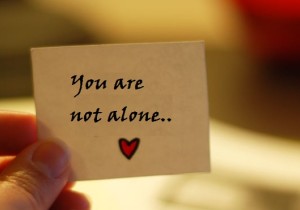
Canada:
- Canadian Mental Health Association – https://www.cmha.ca/mental-health/find-help/
- Center for Addiction and Mental Health (CAMH) – www.camh.ca
- Depression Hurts – http://depressionhurts.ca/
- Here to Help – http://www.heretohelp.bc.ca/
United States of America:
- Better Help – https://www.betterhelp.com
- Anxiety and Depression Association of America (ADAA) – http://www.adaa.org
- Iprevail – https://www.iprevail.com
United Kingdom:
- Depression UK – http://www.depressionuk.org/index.shtml
- Depression Alliance – http://www.depressionalliance.org
- Big White Wall – https://www.bigwhitewall.com
Australia:
- Beyond Blue – https://www.beyondblue.org.au
- Reach out – http://au.reachout.com/help-services-for-depression
- Lifeline – https://www.lifeline.org.au
References:
- Belmaker, R. H., and Galila Agam. “Major Depressive Disorder.” New England Journal of Medicine 258 (2008): 55-68.
- Anxiety and Depression Association of America
- Canadian Mental Health Association



